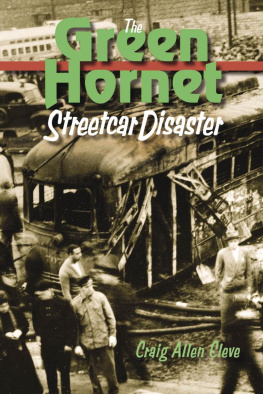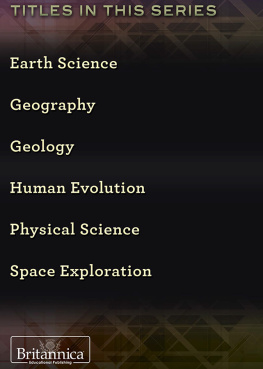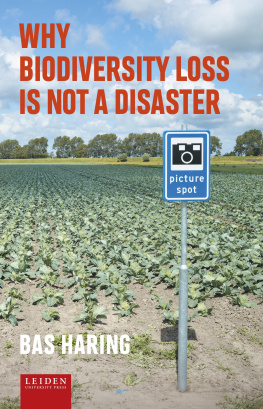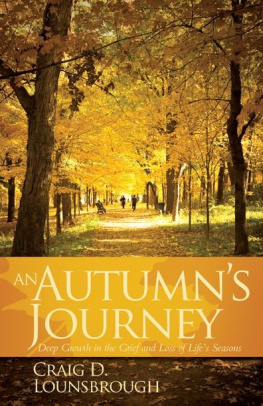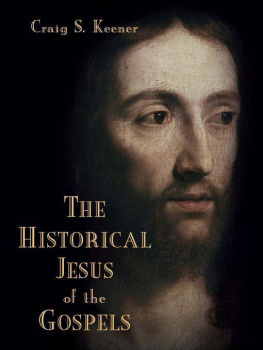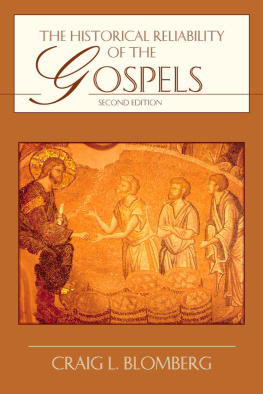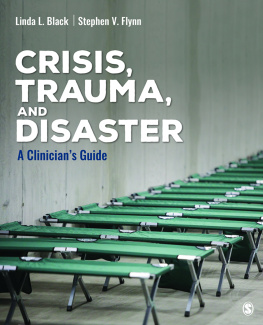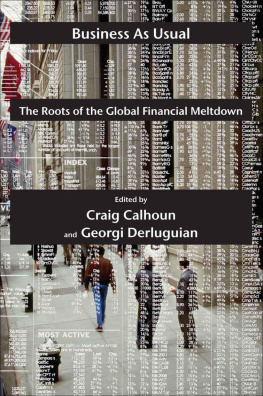Published by Louisiana State University Press
lsupress.org
Copyright 2021 by Craig E. Colten
All rights reserved. Except in the case of brief quotations used in articles or reviews, no part of this publication may be reproduced or transmitted in any format or by any means without written permission of Louisiana State University Press.
Designer: Michelle A. Neustrom
Typeface: Whitman
Cover photo by Julie Dermansky.
Library of Congress Cataloging-in-Publication Data
Names: Colten, Craig E., author.
Title: State of disaster : a historical geography of Louisianas land loss crisis / Craig E. Colten.
Description: Baton Rouge : Louisiana State University Press, 2021. | Includes bibliographical references and index.
Identifiers: LCCN 2020057361 (print) | LCCN 2020057362 (ebook) | ISBN 978-0-8071-7570-5 (cloth) | ISBN 978-0-8071-7629-0 (pdf) | ISBN 978-0-8071-7630-6 (epub)
Subjects: LCSH: Coastal zone managementGovernment policyLouisiana. | Louisiana. Coastal Protection and Restoration Authority. | LouisianaEnvironmental conditions. | LouisianaPopulation.
Classification: LCC HT393.L8 C65 2021 (print) | LCC HT393.L8 (ebook) | DDC 363.739/409763dcundefined
LC record available at https://lccn.loc.gov/2020057361
LC ebook record available at https://lccn.loc.gov/2020057362
PREFACE
I left Louisiana in 1978 for what turned out to be an extended, vagabond career that took me to New York; Illinois; Washington, DC; and Texas. Before my departure, I had brief flirtations with the land loss issue as a student in the 1970s. I did some very rudimentary digitizing of land cover change in the Atchafalaya Basin for Johannes van Beek, a longtime collaborator with Woody Gagliano. I also spent a few days in the field with Shea Penland, who became a noted expert in coastal issues, while he was doing measurements of barrier island washovers for his MS thesis. My highly peripheral role in those projects made me aware of processes at work, but my understanding was entirely superficial. Coastal land loss at the time was a topic largely confined to a group of academic specialists.
When I returned to Louisiana in 2000, land loss had become a prominent concern that reached well beyond scholarly journals and graduate seminars. Once settled back into Baton Rouge, I commuted to my campus office and regularly caught the coastal minute public service announcements on the local radio station that reported on the unfolding crisis. Colleagues at LSU were deeply immersed in studies about the many processes contributing to coastal wetland loss, and there was ample material available to include a rich discussion of the subject in my Louisiana geography class. Indeed, a new building appeared on our campus, not long after my arrival, to house the College of the Coast and the Environmentwhich was and remains the principal hub of scientific research on Louisianas coastal region. Baton Rouge and LSU were the unquestioned crucible of scientific inquiries into this slow-motion emergency.
During my tenure on this campus, Ive been fortunate to get to know some of the stalwarts of the science community who pioneered investigations into the coastal issue. In addition, I went on field trips into the coastal region, attended and participated in academic conferences on the topic, and received grants that supported my own work on the states threatened communities. Each of these experiences expanded my knowledge of the situation, yet I was slow to dive in deeply. This changed when I took a position with the Water Institute of the Gulf in 2013, where I focused on the coastal crisis. As director of human dimensions for two years, I interacted with the state agency charged with restoring the coast and found myself much more directly connected to the institutional inner workings of the coastal issue. I witnessed decision-making that seemed tentative to address the human dimensions using humanities and social science research, conducted workshops with community groups who were frustrated with their exclusion from the planning process, participated in forums that sought to address the shortcoming in dealing with people, and encountered a simmering resentment among academic scientists about being sidelined in shaping the plan for the coast. Despite the bold proclamations of stakeholder engagement by the state, from nearly every angle I discovered exasperation and a sense of exclusion.
Granted, for a historical geographer, my position with the Water Institute afforded me a healthy research budget that led to several reports and a fine atlas by my colleague Scott Hemmerling. Ultimately, seeing little institutional interest in the work I was proposing, I opted to return to the academy full time. This book arises from my work over the last dozen years or so, and was shaped in part by my time with the Water Institute. It is, however, a reflection of my own interests and inclinations and does not purport to be a product of the institute. Nonetheless, all my interactions with colleagues, agency personnel, elected officials, NGO staff, and the public profoundly influenced my understanding of this complex situation. I am deeply grateful for the opportunity I had to peer behind the curtain, and this work owes its genesis to that period of employment and research support. I cannot identify any particular threads of thought or nuggets of empirical information that derive from my relationship with the institute, but want to acknowledge, appreciatively, the crucial role it played.
I am also grateful to several funding agencies that supported portions of this long-term project. In particular, several grants from the Community and Regional Resilience Institute (CARRI) enabled me to begin working on the topic of resilience in the wake of Hurricane Katrina. Robert Kates and Tom Wilbanks were instrumental in enabling my participation in CARRIs work. At the invitation of a group of scientists with the University of Texas Medical Branch in Galveston, I continued investigating community resilience on Louisianas coast in the wake of the Macondo oil gusher. My participation with the Department of the Interiors Strategic Working Group during and after the Deepwater Horizon blowout provided additional intellectual inspiration. Louisiana Sea Grant funded a remarkable rolling seminar that brought together a lively group of scholars to spend three days touring the coastal region and discussing this topic with a range of experts.
I need to also acknowledge the special place that the Coastal Cleritics played in the gestation of this project. Weekly gatherings at Len Bahrs house allowed me to converse with a group of science experts which helped me build this work on a solid foundation. Len, Paul, Michael, and Doug, you all made an impression on my thinking.
One of the immeasurable benefits of external funding was having resources to support graduate students to work alongside. I want to dedicate this book to the students who collaborated with me on these projects and to all my graduate studentshere at LSU and elsewhere. There are moments when a graduate advisor grumbles and mutters to himself, When are they gonna get it? When are they gonna see the big picture? For every such moment, there are also occasions when the students, through their own initiative, their particular genius, their singular set of talents, and their personal motivation enlighten the mentor and make what had been obscure, clear and comprehensible. I commend and thank the students who have worked with me for providing such moments. It is on these occasions that I am less a teacher and more a student. It is a glorious experience. Students have more than compensated me for the time I spent instructing, counseling, and editing when they ultimately transformed a sketchy idea into a meaningful contribution to our academic enterprise. They make me proud when they venture forth and do good work. There is no greater satisfaction in this business of the mind.
 BATON ROUGE
BATON ROUGE


